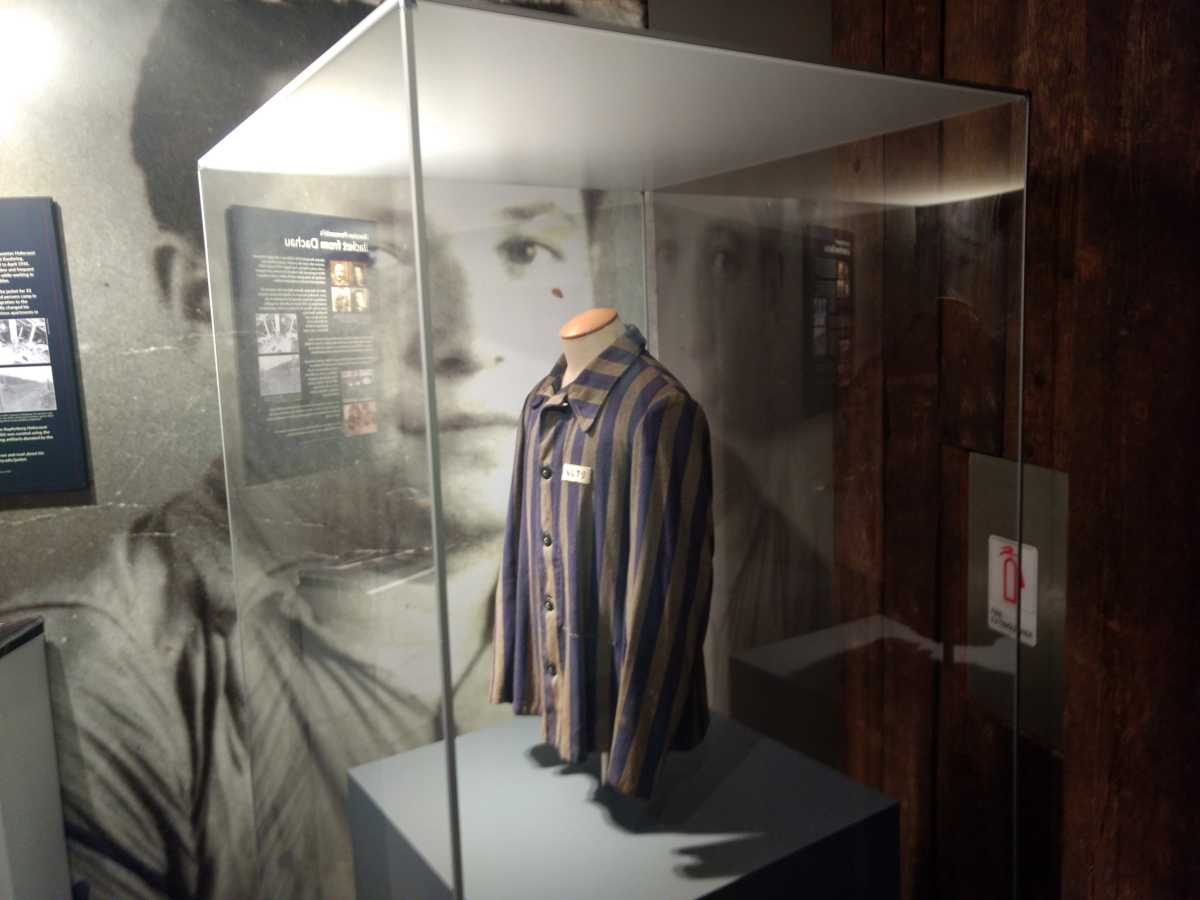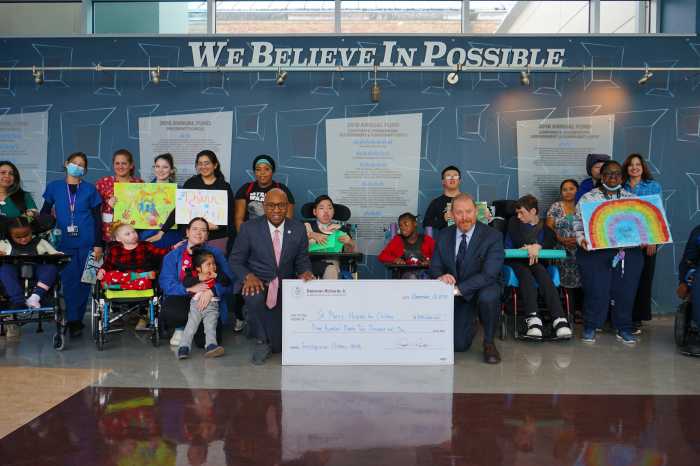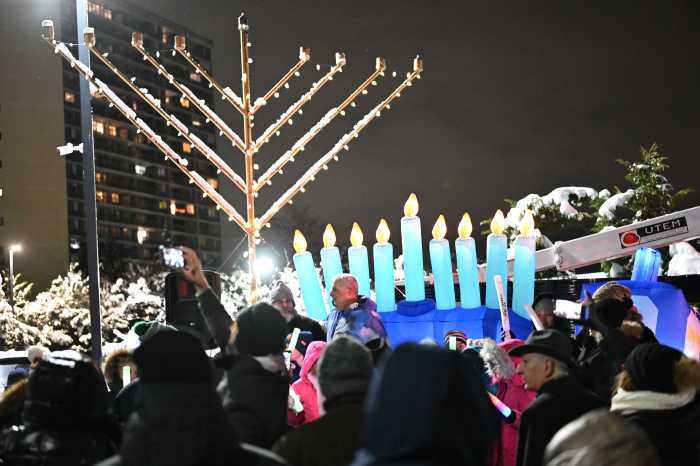With Friday, Jan. 27, marking International Holocaust Memorial Day, Queensborough Community College’s Harriet and Kenneth Kupferberg Holocaust Center is honoring the memory of those who suffered with an exhibit that explores the horror the Nazi concentration camps perpetrated.
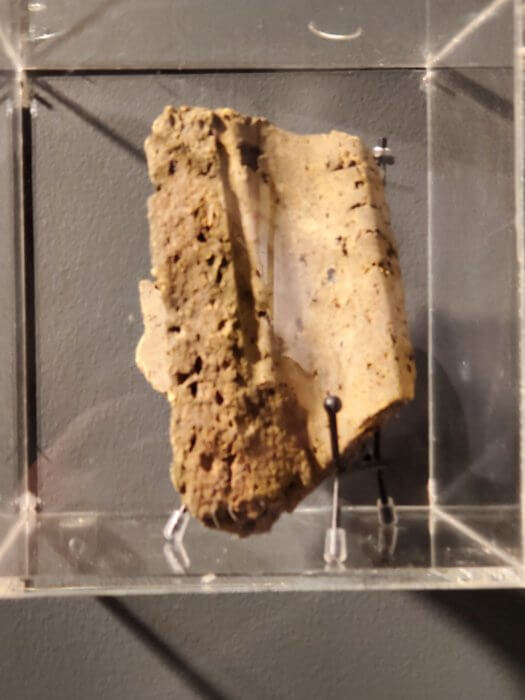
In addition to attempting to provide those who view it with an idea of just how horrible the Holocaust was, the exhibit also connects the past to the present with the rise in authoritarianism across the world, a surge in antisemitism in recent years and the atrocities that Russia is committing on the people of Ukraine.
“International Holocaust Remembrance Day is a powerful reminder that both the catastrophe of and lessons from the Holocaust continue to reverberate both here and abroad,” said Harriet and Kenneth Kupferberg Holocaust Center Executive Director Dr. Laura B. Cohen. “It’s also about our responsibilities as individuals and as a community to educate people who may know little to nothing about the Holocaust which is at the heart of the Harriet and Kenneth Kupferberg Holocaust Center’s mission.”
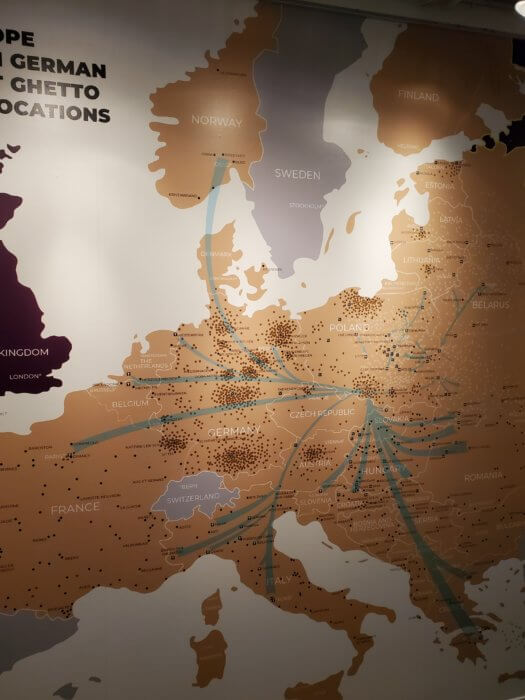
According to QCC student-intern Alexia Wang, QCC’s Kupferberg Holocaust Center became the first Holocaust educational center and archive on the East Coast when it opened in 1983. She stated that the center’s mission is to teach those who see the exhibit what dangers stereotyping and racism may be capable of leading to in society.
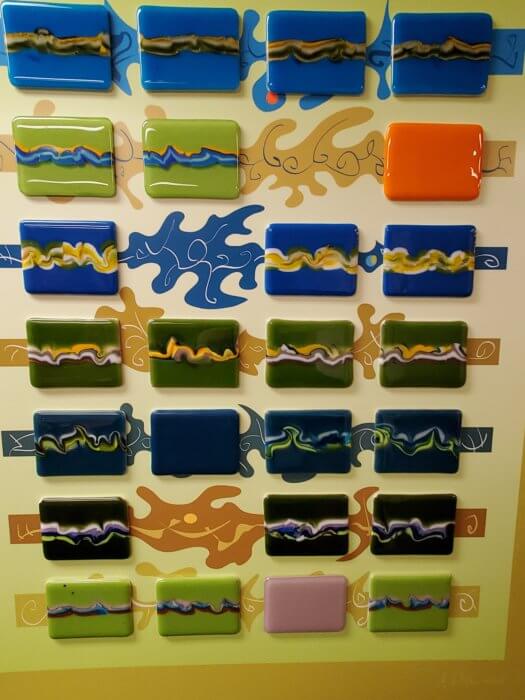
Wang stated that plans for this exhibit were conducted as far back as before the COVID-19 pandemic. It was limited to online viewing until the summer of 2021. In addition to it being available online and in-person, the exhibit now offers audio tours as well. There are several points throughout the exhibit where those touring can scan a QR code to learn more about what they are viewing.
“I think with everything that’s going on in the world, it’s really important [for people to see this exhibit],” QCC President Dr. Christine Mangino said. “Both to understand the atrocities that have happened in the past and how do we learn from it. And I think we’re surprised at how many students aren’t always aware of the inside details about the Holocaust. It is an emotional learning experience for them.”
Mangino and Wong also said that the Kupferberg Center recently provided tours for around 70 legal interns for Queens District Attorney Melinda Katz last summer. The tours came as the interns were doing a workshop on hate crime.
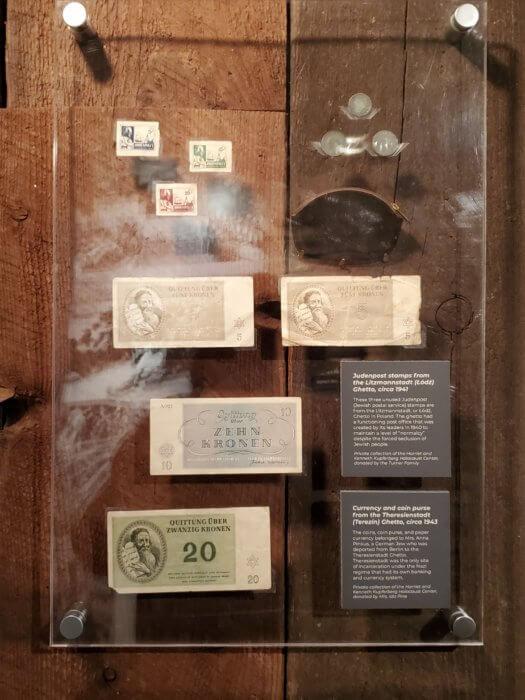
Those who come to see the exhibit will get a sense of what the atmosphere was like at the ghettos, labor camps and concentration camps through the brick walls, overhead gate, concrete blocks and dim lighting. It was Wong who actually came up with the idea of the lighting design. Students and classes visiting the exhibit will also have the opportunity to reflect on what they saw and heard there. This includes reflecting on recorded videos from survivors who visited the university and provided detailed accounts of their experiences.
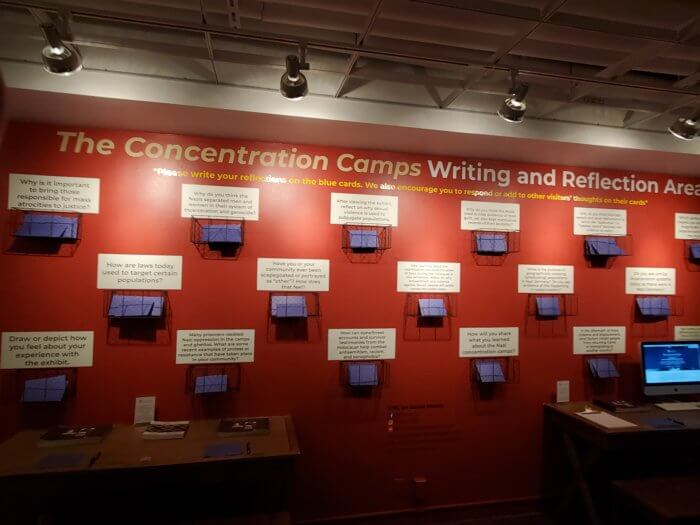
Toward the end of the exhibit, the Concentration Camps Writing and Reflection Area provides people with an opportunity to write their thoughts based on what they saw at the exhibit. These reflections are written onto blue pieces of paper because when people were sent to concentration camps, they were given blue identification cards.

